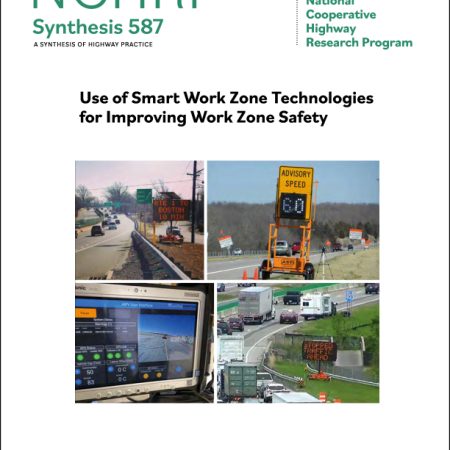2020 Young Drivers Traffic Safety Fact Sheet
2020 YOUNG DRIVERS Traffic Safety Fact Sheet The term young driver refers to a person 15 to 20 years old operating a motor vehicle. People in this age group generally obtain their licenses for the first time and many are under graduated driver licensing (GDL) programs as they learn driving skills. Young, inexperienced drivers have […]


